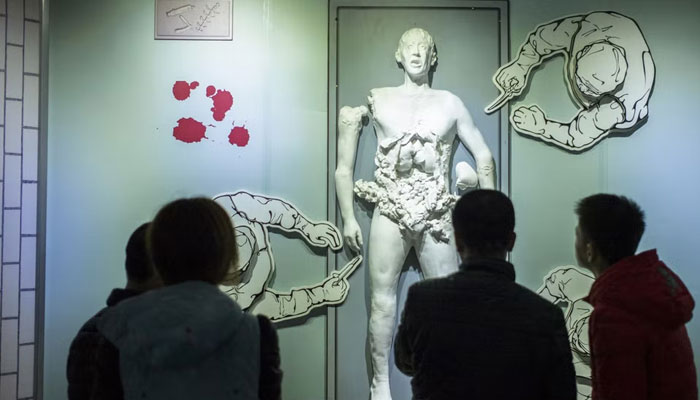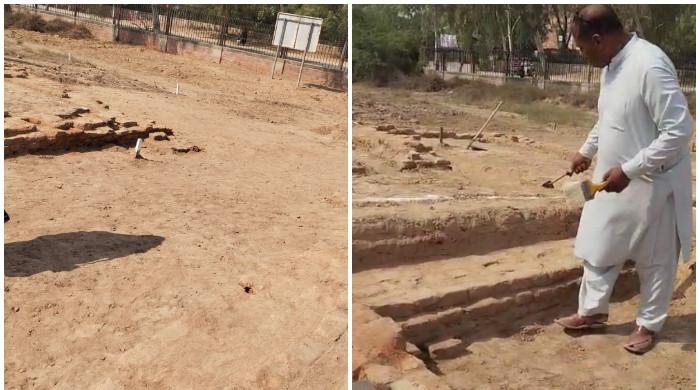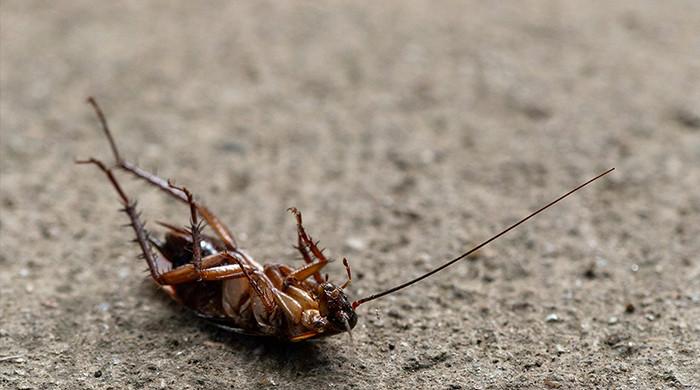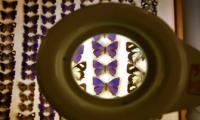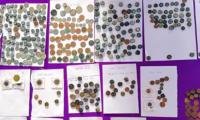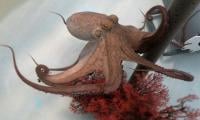WWII bunker unearthed in China reveals horrific Japanese experiments on humans
The most current study, may provide new proof of Japanese military scientists' war crimes against the Chinese
Archaeologists in northeast China have recently discovered an underground bunker that was reportedly used by Japanese scientists to carry out horrific research on people during World War II.
According to The Independent, the notorious Unit 731 of the Japanese Imperial Army, which carried out some of the most gruesome germ warfare experiments between 1935 and 1945, used the facility near Anda, China.
The Japanese scientists dissected live prisoners as part of the experiment to study the effects of pathogens on the human body.
Based on the results of their study, the imperial army began to spread typhoid, cholera, and plague across China, the report said.
"Some of these human experiments were conducted in underground bunkers in order to contain any potential spread of the pathogens," researchers said.
Key participants in the grisly programme, including a number of Japanese scientists, were granted immunity from prosecution by the US occupation after the war in exchange for the study's findings.
Following the war, a number of other Japanese military scientists followed lucrative professions in medicine.
According to the report, in 2018, Japan disclosed the names of 3,607 members of Unit 731 in response to a request by Katsuo Nishiyama, a professor at Shiga University of Medical Science.
The most current study, the results of which were just published in the journal Northern Cultural Relics, may provide a new proof of Japanese military scientists' war crimes against the Chinese.
The underground structure, which is made up of a number of tunnels and chambers, was uncovered by researchers, including a team from the Heilongjiang Province Institute of Cultural Relics and Archaeology.
They unearthed a U-shaped structure at the site, which is around 33 metres long and more than 20 metres wide and stretches from east to west with a room on each side.
The location also featured one circular room with a three-meter circumference that researchers believe may have been used to transport human test subjects for observation following exposure to infections or chemical agents.
The latest findings, according to researchers, underline the legacy of Unit 731’s gruesome war crimes and their “impact on global efforts to prevent biological warfare”, the South China Morning Post reported.
-
'Who's it?' Late-night doorbell prank mystery ends with bizarre twist
-
When blue met green: Jaybirds create a one-of-a-kind hybrid
-
Australian scientists grapple with 'despicable' butterfly heist
-
Floods from Koh-e-Suleman bring 2,000-year-old coins to Punjab
-
Octopus boom triggers ‘perfect storm’ for Britain’s shellfish trade
-
Cambridge can’t escape ‘skibidi’ as Gen Z slang adds 6,000 fresh entries
-
Italian Brainrot: The AI memes only kids know
-
Nasa's Curiosity rover discovers coral-like rock on Mars
